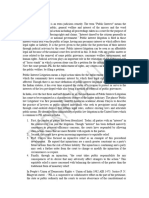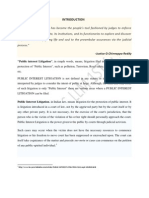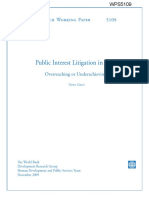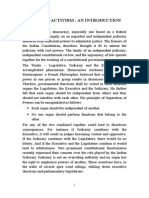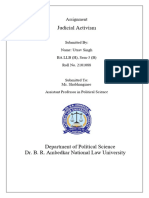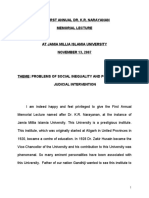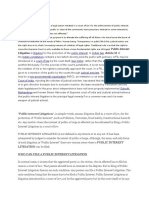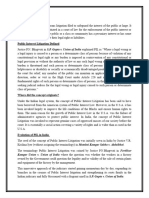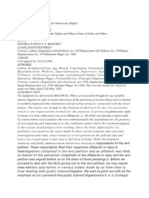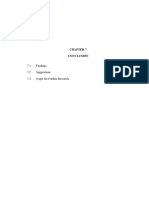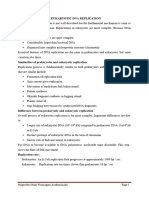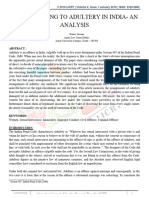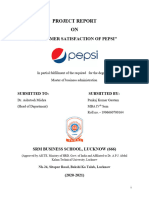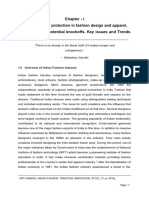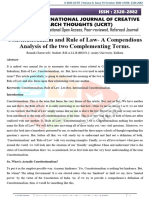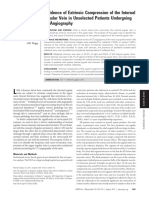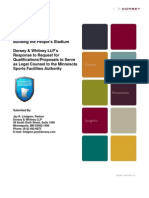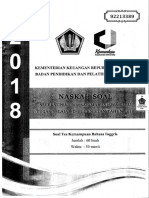0% found this document useful (0 votes)
34 views24 pages07 - Chapter 1
The document discusses the introduction and history of public interest litigation in India. It outlines how the concept of human rights has developed globally and in India over time. It also discusses how the Indian constitution aims to promote social justice and development.
Uploaded by
Suraj DubeyCopyright
© © All Rights Reserved
We take content rights seriously. If you suspect this is your content, claim it here.
Available Formats
Download as DOCX, PDF, TXT or read online on Scribd
0% found this document useful (0 votes)
34 views24 pages07 - Chapter 1
The document discusses the introduction and history of public interest litigation in India. It outlines how the concept of human rights has developed globally and in India over time. It also discusses how the Indian constitution aims to promote social justice and development.
Uploaded by
Suraj DubeyCopyright
© © All Rights Reserved
We take content rights seriously. If you suspect this is your content, claim it here.
Available Formats
Download as DOCX, PDF, TXT or read online on Scribd
/ 24




